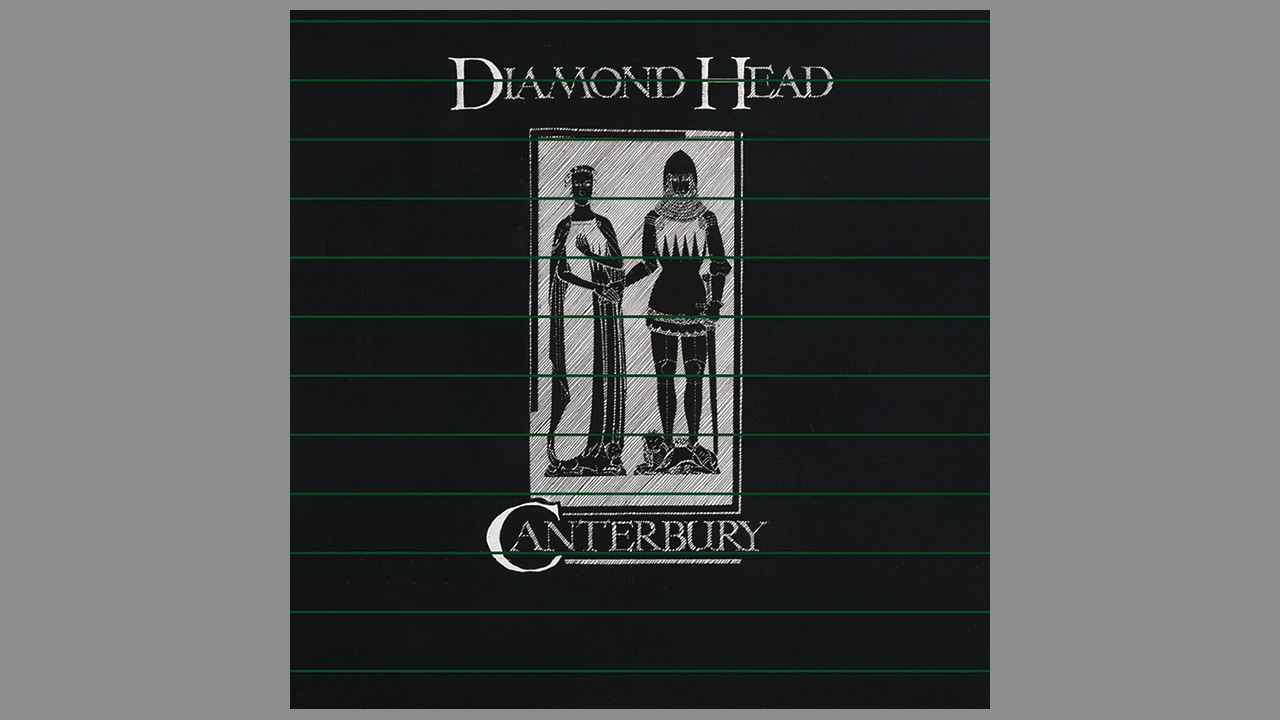In 2014 Prog examined at Diamond Head’s 1983 album Canterbury, which saw the NWOBHM outfit abandoning their metal roots for something much more progressive – resulting in an impressive work of art that most fans didn’t want.
Often derided as a huge error by one of NWOBHM’s cult heroes, in fact Canterbury was the album that showed Diamond Head were a cut above their peers.
When the band first made their impact at the start of the 80s, they were hailed by some as the natural successors to Led Zeppelin. A bold, brave claim they somewhat justified on both the classic Lightning To The Nations and Borrowed Time albums.
But with Canterbury, they threw over everything they’d achieved and went for a far more exhaustive and progressive approach. After previously establishing a heavy rock perception that was both powerful yet thoughtful, vocalist Sean Harris and guitarist Brian Tatler – the band’s visionaries – shook everything up by introducing more complex and challenging ideas into the music.
It made the album a little too diffuse and provoking for many diehards, who wanted more of the same values they’d loved on the prior releases. However, that idea didn’t appeal to a duo of talents who refused to stand still, take root and stagnate.
Ishmael has a confident stride that fitted in a lot more with the burgeoning neo prog scene of the time
The change in attitude is obvious on opening track Makin’ Music. Yes, it’s heavy and melodic, but the arrangement owes something to Jethro Tull – it’s a little more supple than people were expecting.
The agitation to stand apart from the masses becomes even clearer on the portentous The Kingmaker, with its thrusting eastern soundscape, and on the title track, which has an evocatively sensitive piano underbelly.
But arguably the crowning glory here is Ishmael. Blessed with a mysterious, epic atmosphere, it lasts a shade over four minutes, but has a confident stride that fitted in a lot more with the burgeoning neo prog scene of the time, rather than with anything going on in the metal world.
Canterbury is an affluent album, rich in musical detail, and certainly carrying a level of accomplishment that is so demanding that the band actually replaced their rhythm section while they recorded. When it was released, that confused a lot of people.
It was criticised for being too different to what people had come to expect from Diamond Head. But today, Canterbury can finally be revealed for what it is: a quality progressive excursion that took the band into uncharted realms and – sadly – promised the start of an artistic journey that was never taken further. It’s an opulently progressive triumph.

